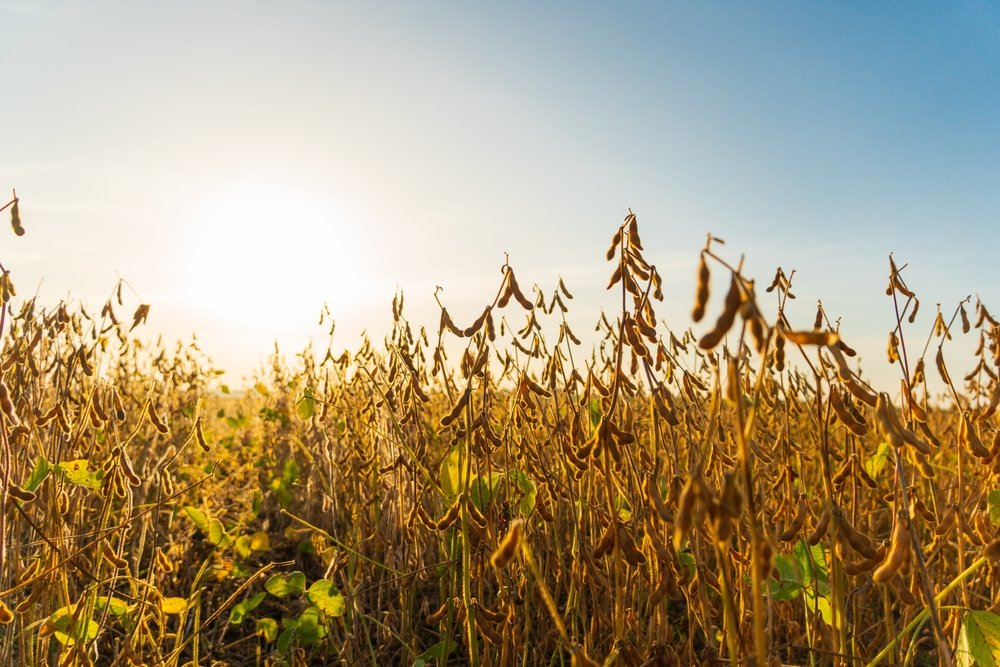So, you’ve successfully harvested your legumes—congratulations! But now what? Post-harvest handling is just as important as growing the crop, as it helps keep your legumes fresh, pest-free, and ready for market. Here are five practical steps to take after harvest:
1. Clean and Sort Your Legumes
After harvest, it’s important to clean and sort your crop to remove any dirt, debris, or damaged pods. This not only helps keep your legumes in great shape but also makes them more appealing to buyers. Clean, high-quality legumes are more likely to fetch a good price.
2. Dry to the Right Moisture Level
Proper drying is crucial to prevent mould and pest issues. For legumes, drying to around 12-14% moisture is ideal. You can sun-dry them or use mechanical dryers for more control, especially if you’re up against unpredictable weather. Keeping them dry helps prevent spoilage and ensures they’re safe to store.
3. Protect Against Pests
Post-harvest pests, like weevils, can cause big losses if not controlled. Consider using safe, post-harvest insecticides from reliable providers, like Saro Agrosciences, to keep pests at bay. You could also use hermetic storage bags or airtight silos to naturally limit pest access.
4. Store in the Right Conditions
Good storage is essential to keep your legumes fresh and market-ready. Make sure your storage area is dry, cool, and well-ventilated. Using sealed bags or containers can also help extend freshness, especially if you’re storing legumes for the long term.
5. Plan for Market or Processing
Decide whether you’ll sell your legumes right away, store them for later, or process them into other products. Knowing your next steps will help you maximise the value of your harvest and make the most out of your hard work.
Taking these steps can help you keep your legumes in great condition, ready for market, and more profitable in the long run. After all the effort you’ve put into growing and harvesting, these post-harvest practices will help you make the most of your crop.

Leave a Reply